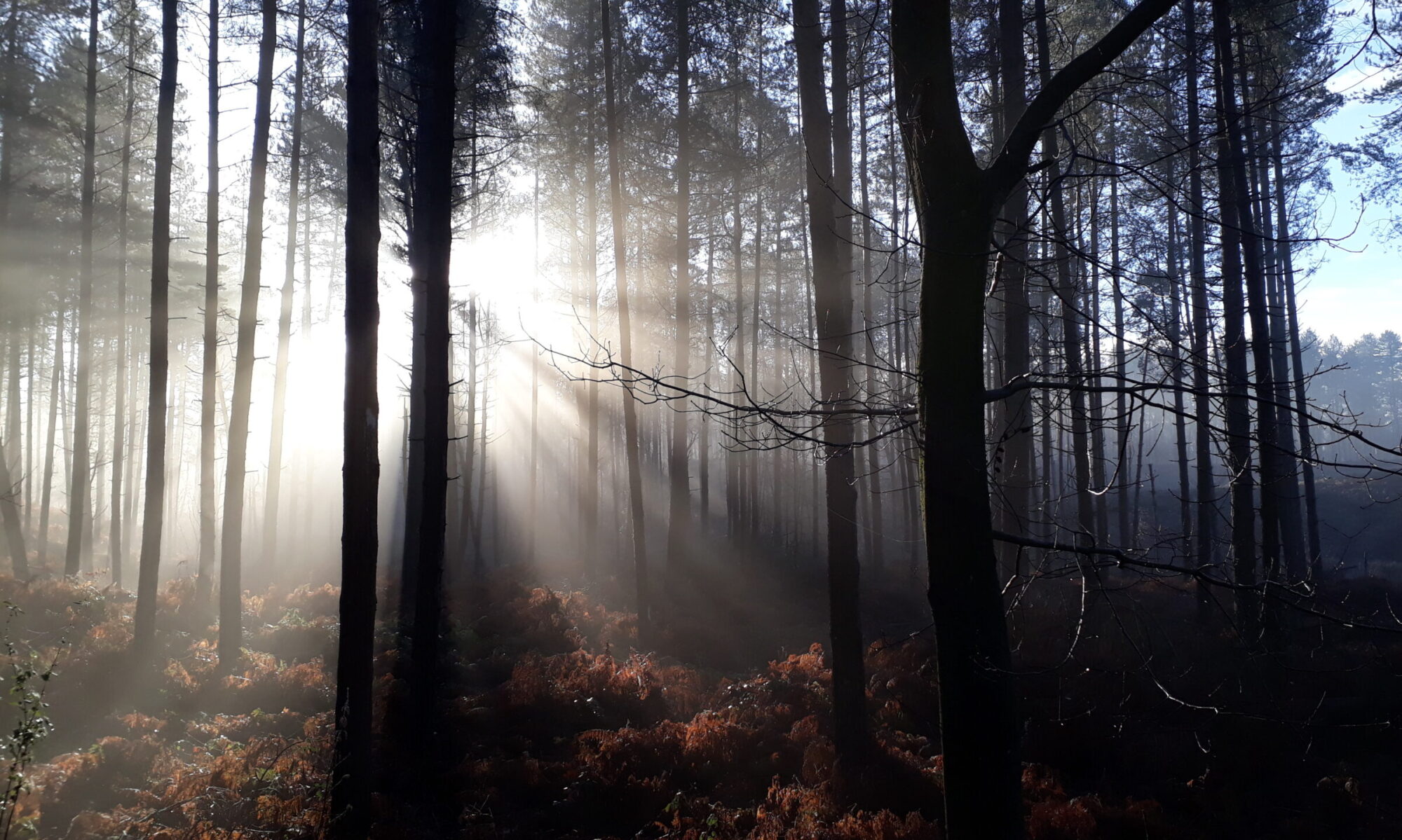Forest bathing is all about slowing down and using the senses to immerse yourself in the woodland environment – no actual ‘bathing’ involved so you won’t need your cossie. It’s about allowing the natural environment to ease us into being present in the here and now. As an activity focused on awareness, it shares a lot with mindfulness practices but with its own unique approach rooted in the natural world.
The practice originated in Japan – but it’s no ancient mystical tradition. In fact, the term – shinrin-yoku in Japanese – was coined by director of forestry Akiyama Tomohide in the 1980s. He wanted to attract more visitors to forests and realised that an economic boom of the time was causing urban workers to get stressed out and exhausted. Encouraging relaxation activities in the forests seemed like a win-win situation.
Since then, numerous studies have looked at the potential benefits and discovered that they certainly do include a lowering of stress levels along with a raft of other positive effects on the immune system, heart health, mental health and much more.
Quite how this works is still a matter for research. It could be molecules – phytoncides – given off by trees. It could be something to do with exposure to vitamin D. It could be that the psychological benefits cause the physical improvements. Perhaps it’s something to do with human evolution – that our DNA, evolved over millions of years as hunter gatherers, is adapted to life in the forest rather than life in the urbanised environments we’ve created in just the last 0.1% of our existence as a species.
It’s all interesting stuff. But what I feel is as important is getting out there and giving it a go for yourself. The coronavirus lockdown of 2020 gave me a chance to think about what I was doing in life. And I realised that my mission is to help more people connect to nature in the ways that mean so much to me. I’ve used my background as a forest school leader, my training as a counsellor and my own experiences in mindfulness and meditation to create an accessible, relaxing and nurturing set of invitations to clients.
My sessions combine simple mindfulness practices and movements with a slow walk focused on tuning into the senses in different ways. They usually finish with tea and biccies and a chance to reflect on our experiences.
